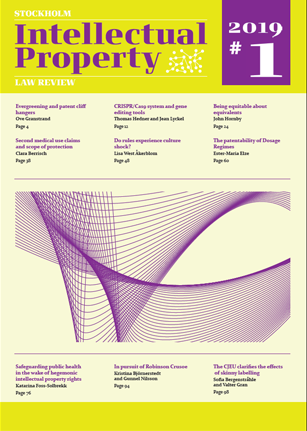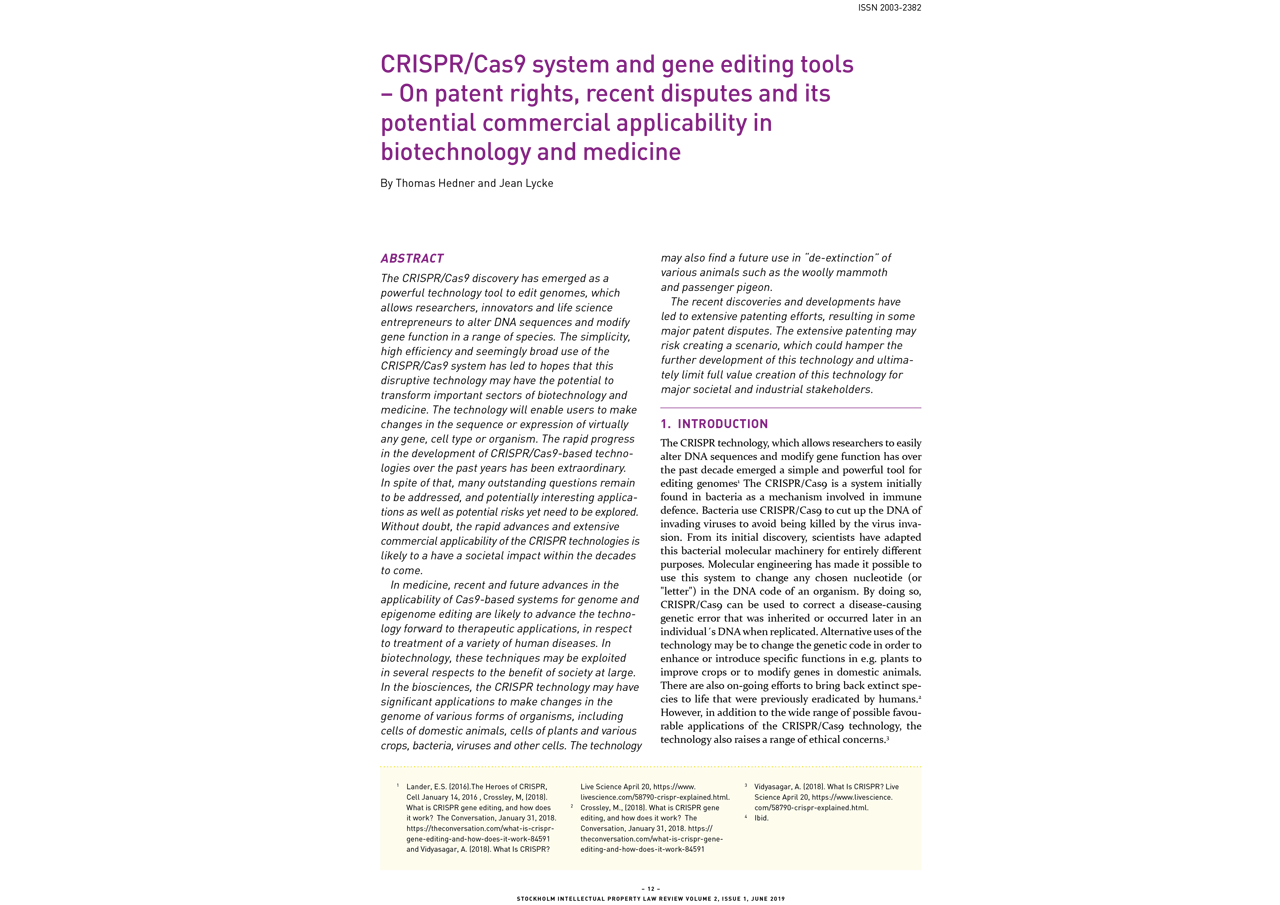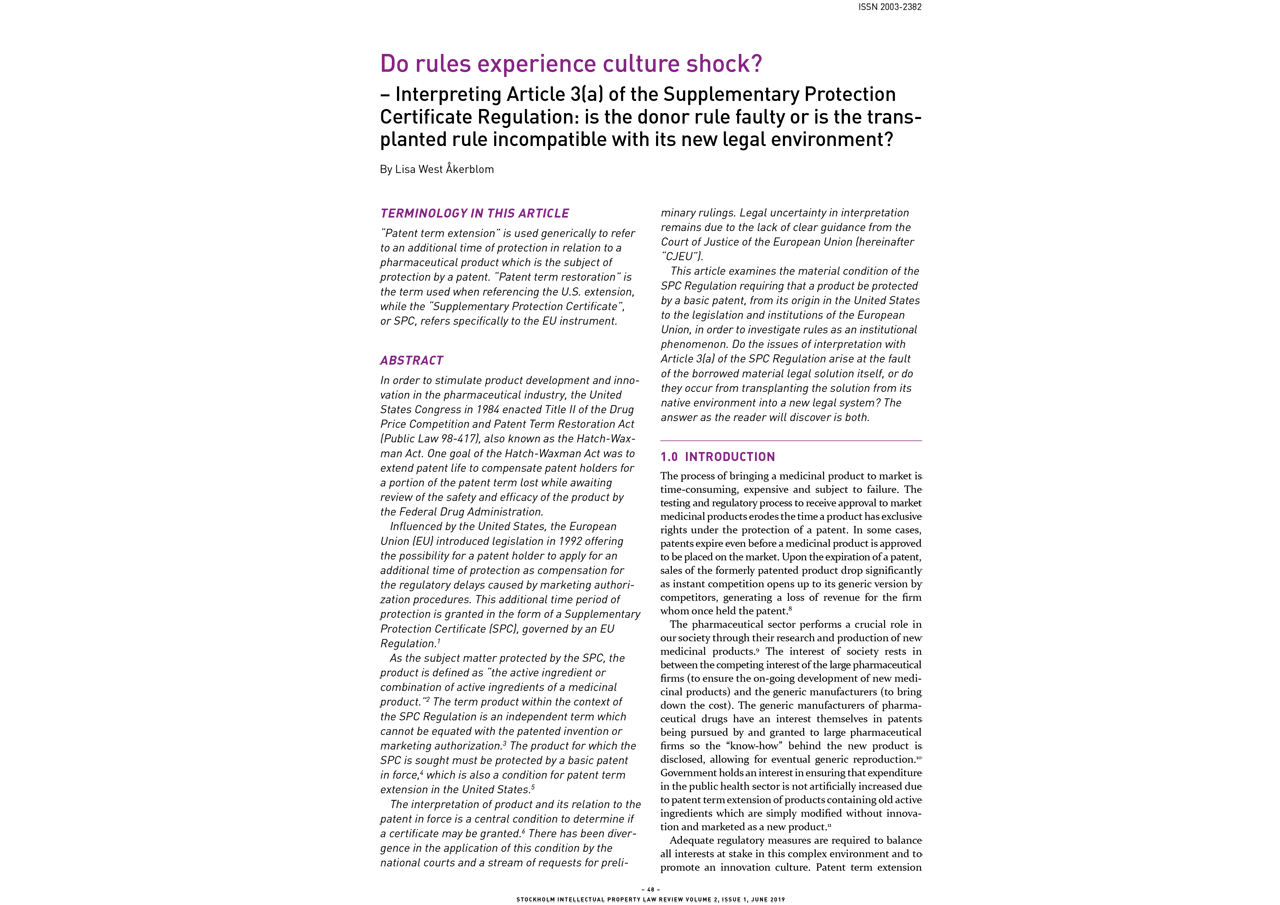Issue #1 2019
Editorial Preface “Some industries are different but some are more different than others. The pharmaceutical industry fits the latter category” (Scherer 1996:336). There is really no other industry where the nature of the products, the economics of research and development as well as the market structure and the societal implications of the industry’s [...]







